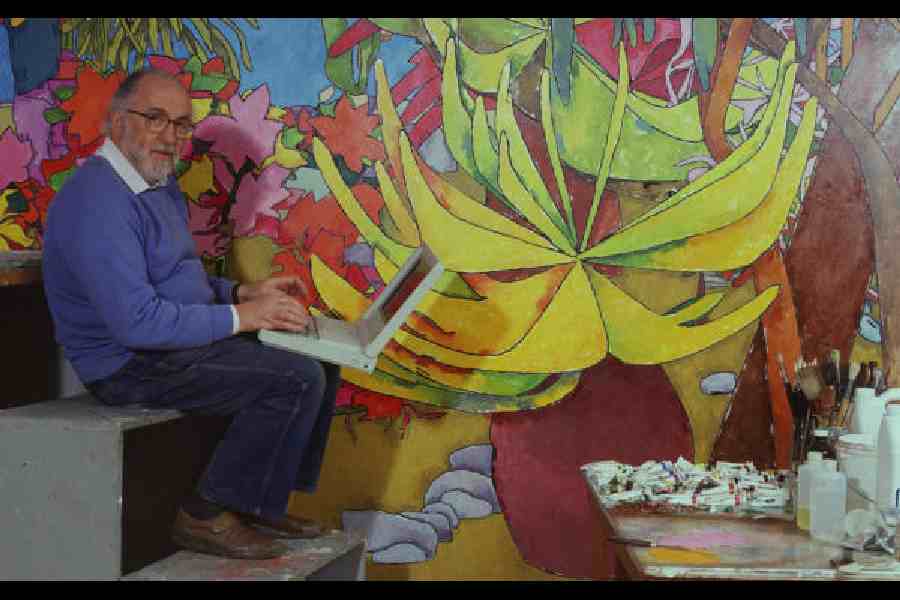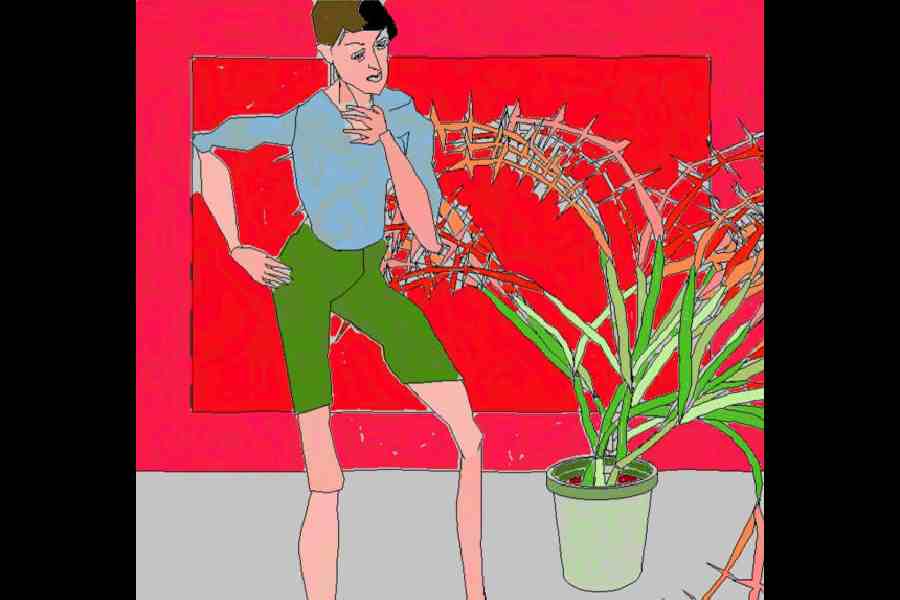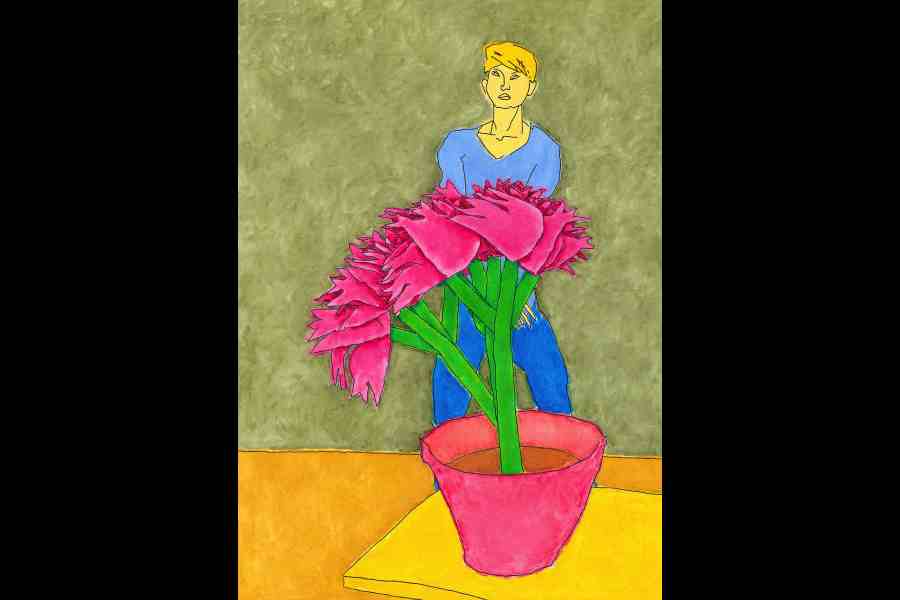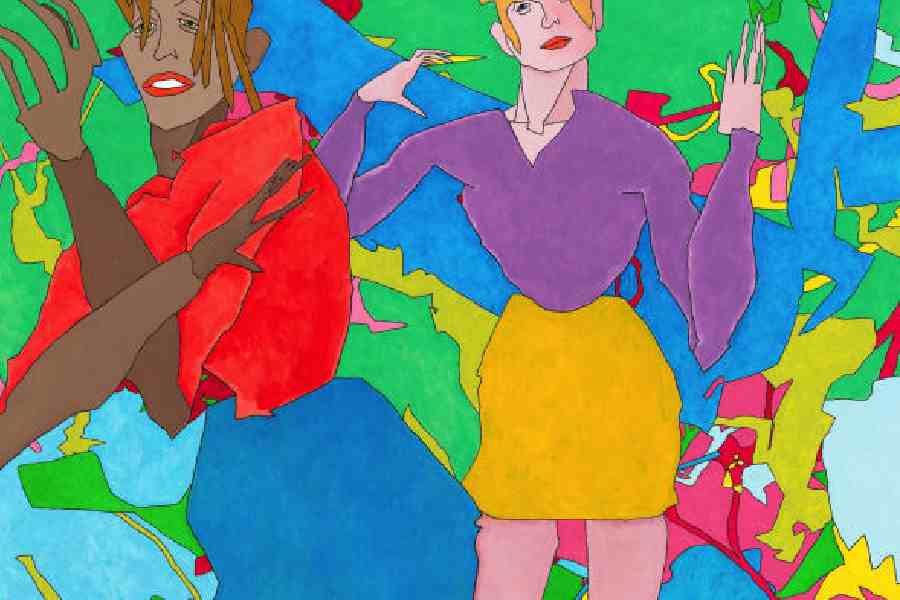Whitney Museum of American Art in New York is hosting an interesting and relevant exhibition that celebrates the inception of artificial intelligence-powered art.
There is a software called AARON and its developer is the British painter, the late Harold Cohen. Being an artist, he understood what the foundation of AI art should be — it can be as good as its user.

Harold Cohen in 1988 Picture: Harold Cohen Estate
The abstract painter had represented Britain at many festivals with his oil-on-canvas works. This was in the 1960s. He wanted to see beyond his life in the studio. While teaching art at the University of California, San Diego, he came across computers and programming. In the late 1960s he created a programme that he named AARON (in some ways inspired by the name of Moses’ brother and spokesman in Exodus), which is considered the first artificial intelligence software in the world of fine art. His newfound idea first found expression at the Los Angeles County Museum of Art in 1972 in a show called ‘Three Behaviours for the Partitioning of Space’.
AARON was finally presented at the University of California in 1974 and since, it has graced museums from the Tate Gallery in London to the San Francisco Museum of Modern Art.

Aaron KCAT (2001) reflected Harold Cohen’s efforts to make original art available to a greater number of people at a low price
Over the years, his software created images meant to be executed by drawing and painting devices, as well as visuals for display on monitors or as projections. According to a note from Whitney Museum: “To generate AARON’s output, Cohen built his own plotters and painting machines, which interpret commands from a computer to make line drawings on paper with automated pens and add colour with brushes.” The exhibition, on till May 19, showcases AARON works and highlights the software as the “central creative force behind them through screen-based versions of the program and drawings made by plotters operating live in the gallery”.

Susan with Plant (1991) exemplifies how the complex rules in Harold Cohen’s AARON software work together to generate a legible image with abstract elements and fine details
“It occurred to me that if I could write a programme to do some of the things human beings do when they make representations, then I might possibly learn more about the nature of representation than I ever had done by painting,” Cohen told an audience at the Tate Gallery in London in 2004.
Cohen stayed in California and continued improving AARON until his death in April 2016.











